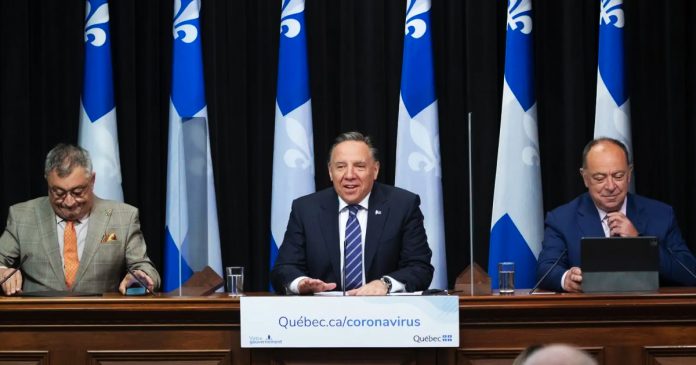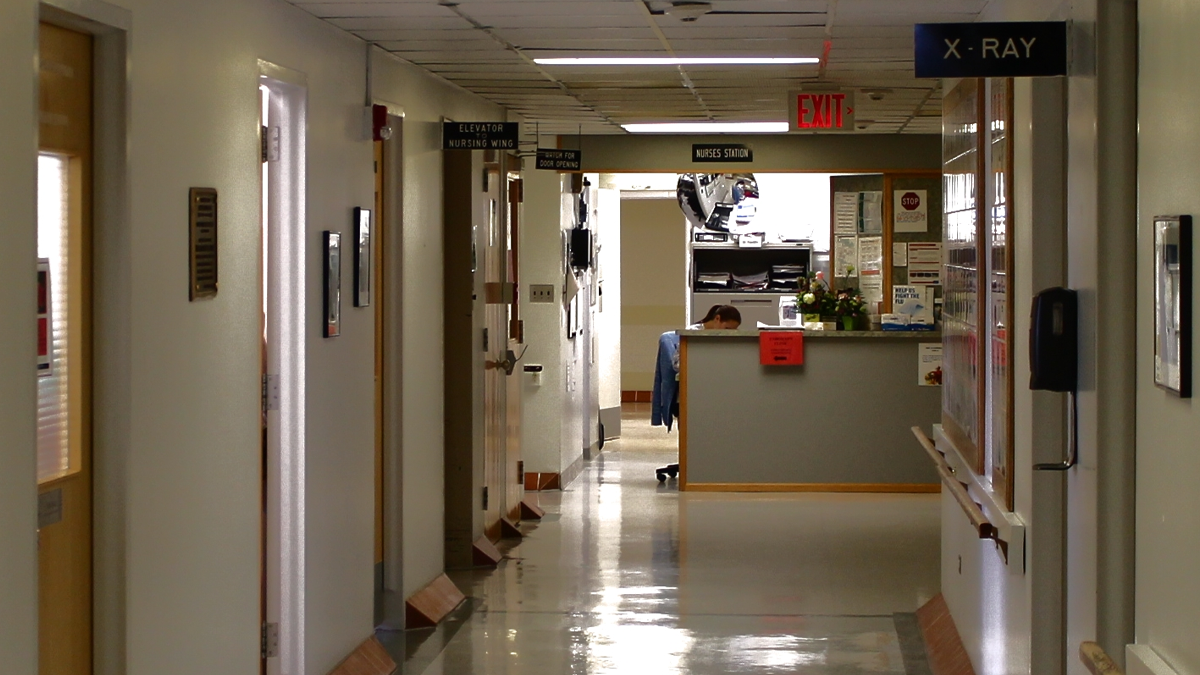Travellers passing through Toronto Pearson International Airport can’t seem to catch a break.
Besides the long lineups, baggage delays and headache-inducing ArriveCAN app, some travellers are now complaining that the airport is charging $4 for a bottle of water at arrival despite having broken water fountains.
“How do Toronto Pearson execs have their jobs,” asked journalist Shawn Micallef on Twitter.
“An untouchable entity. No fountains & water $4 – in many European airports it was 1€ & fountains worked.”
“It’s become such a dump. Used to be nice. After seeing a more than a half dozen others this summer….it’s the height of Canadian mediocrity. Broken escalators. Broken wall panels. Trash & clutter everywhere,” he continued.
In August, the airport was ranked the second worst in the world for delays according to FlightAware.
Throughout May to July, Pearson was ranked among the worst out of 100 airports along with Montreal’s Trudeau airport. Pearson also charges among the highest landing fees in the world.
Data shows 53% of departures from Toronto arrived over 15 minutes late.
Liberal Transport Minister Omar Alghabra has repeatedly blamed Canadian travellers for the delays instead of unnecessary government restrictions and requirements like the burdensome ArriveCAN application.
The CEO of the Canadian American Business Council Maryscott Greenwood is calling on the Liberals to terminate ArriveCAN to help cross-border trade.
“We’ve got to get to the place where Canadians and Americans are travelling back and forth, seeing family, having fun, but also doing business together,” said Greenwood.
“That’s really been a huge hallmark of our relationship, the seamless integration of our economies and of our people. That’s at risk right now.”





























